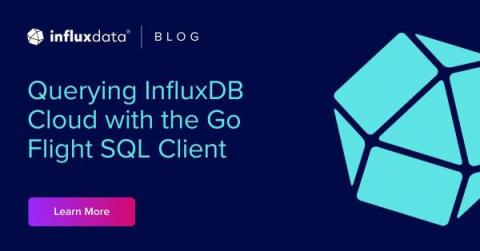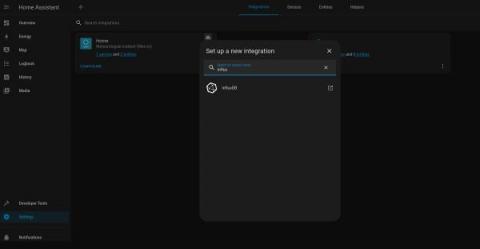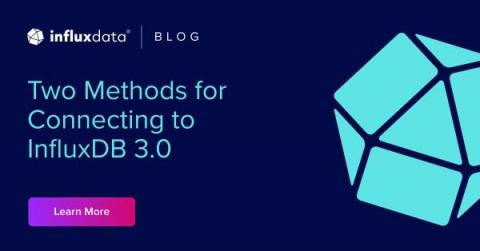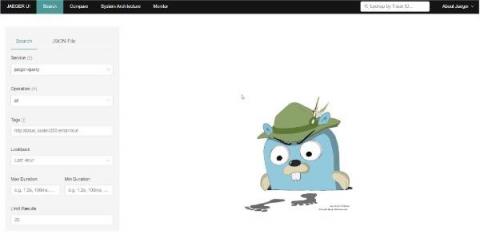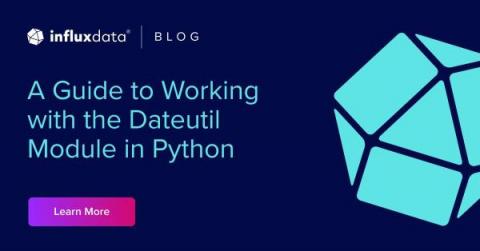Querying InfluxDB Cloud with the Go Flight SQL Client
InfluxDB Cloud 3.0 is a versatile time series database built on top of the Apache ecosystem. You can query InfluxDB Cloud with the Apache Arrow Flight SQL interface, which provides SQL support for working with time series data. In this tutorial, we will walk through the process of querying InfluxDB Cloud with Flight SQL, using Go. The Go Flight SQL Client is part of Apache Arrow Flight, a framework for building high-performance data services.


